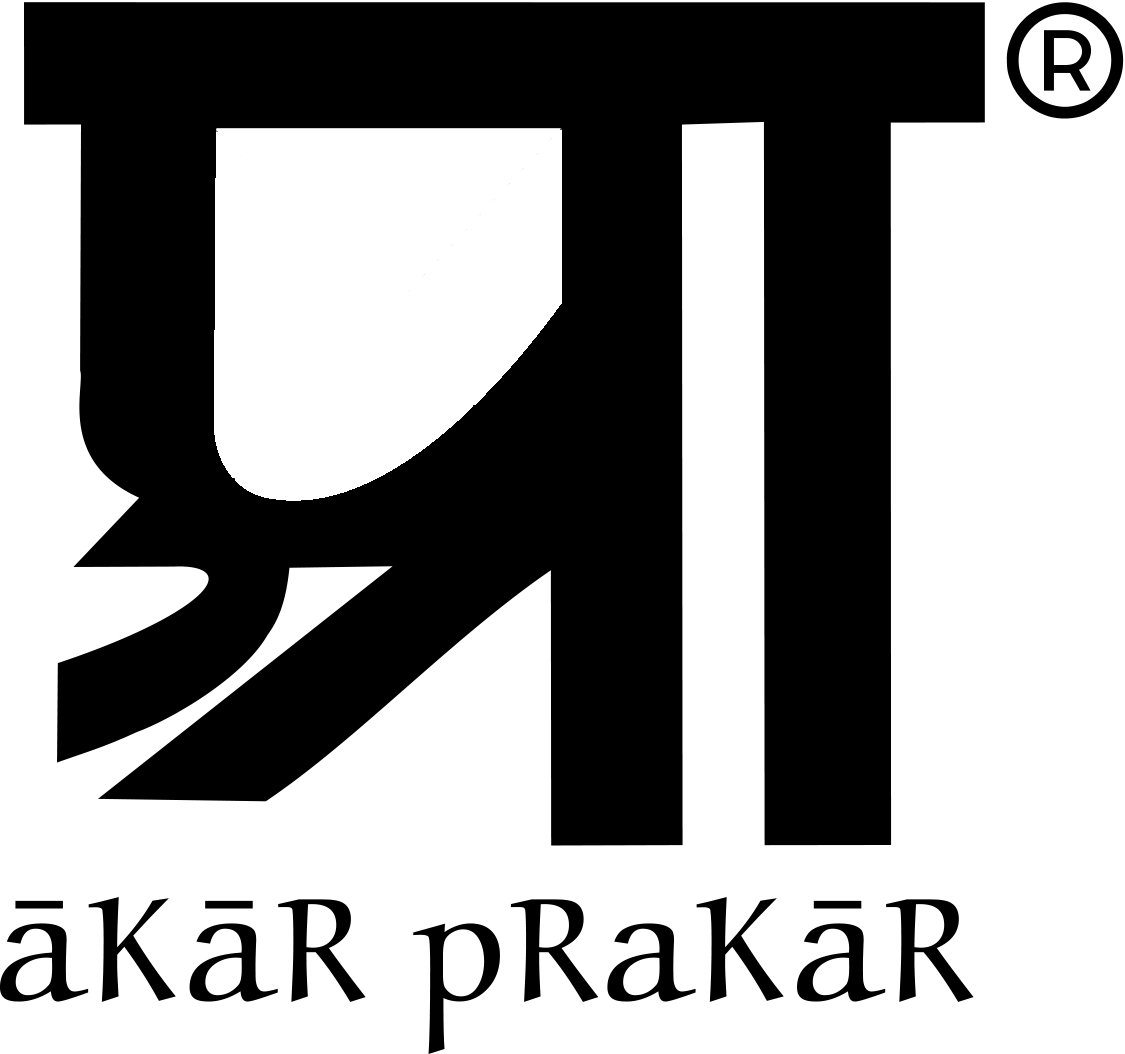Tracing the Language of Sculptures
by the Akar Prakar Desk
The art of sculptures in the Indian subcontinent has undergone transformations over the years. Despite these transformations, however, one attribute remains constant in sculpture: it is an art form concerned with creating three-dimensional forms. Unlike painting, sculpture cannot conjure the illusion of space purely through optical means or imbue its forms with atmosphere and light. However, it possesses a vivid physical presence that a painting lacks. Sculpture’s forms are tangible and visible, appealing to both tactile and visual senses. As 20th-century art critic Sir Herbert Read suggested, sculpture might be considered primarily an art of touch, with its sensibility rooted in tactile pleasure.
And it is the varied language of this pleasure that can be traced from ancient to modern sculptures today. The aesthetic sensibilities of the Indian sculptures, whether ancient or modern, are very closely connected with the cultural, spiritual, and philosophical currents of the times. In the midst of a vast gap in context, an underlying continuum is fixed which defines Indian sculpture with principles of beauty, form, and expression.
Ancient Indian sculptures idealized the human form by endowing it with grace, poise, and divine beauty. Gods, heroes, and even animals were given perfect bodies, often exaggerated in order to symbolize divinity or heroism. The proportions were not based on a physical reality; rather, they were based on spiritual ideals called the "chitrasutra" or the "canonical rules" for representation. While the ancient Indian sculptures were marked with detailed realism, most of the modern Indian sculptures border on abstraction. The human form and other motifs get reduced or abstracted in keeping with contemporary aesthetic movements and philosophies. Further, this abstraction gives way to much broader interpretations of the themes and ideas from literal to conceptual representation.
There is a certain rhythmic quality to ancient Indian sculptures—that of continuous lines and forms suggesting movement, hence life. This comes across most in dancing attitudes and divine forms like Shiva Nataraja, where the fluidity of movement was caught in the static medium of stone or bronze. Indeed, in such a case, the play of curves and volumes was worked out in minute detail to create a harmonious dynamic composition. Modern Indian sculptors experimented with new forms and materials, going beyond traditional aesthetics. Stone, bronze, terracotta and wood are some of the media still used today. Besides the traditional media, modern artists increasingly work in fibreglass, glass, paper, steel, found objects, and mixed media to explore the textural and visual possibilities of these materials. This is an exploration that reflects modern sensibility, with an emphasis on innovation and the breaking of conventional forms.
Fig1. Shiva Nataraja
Symbolism is one of the basic characteristics of ancient Indian sculpture. Each mudra, or gesture, each asana, or posture, and each attribute—for example, weapons, ornaments—has spiritual meaning. It is in this symbolic language that lies the key to the aesthetic choices made in ancient sculptures where beauty cannot be conceived without a sense of meaning. The lotus is a common motif, a symbol of purity and divine birth.
Fig 2. Buddha Shakyamuni seated on Lotus Throne
Yet another hallmark of ancient Indian sculpture in the depiction of deities and celestial beings is richly detailed ornamentation. Intricate carvings of jewellery, garments, and other accessories are there not merely as a device to embellish the figure but to add to the narrative and spiritual significance of the figure. This attention to detail reflects an aesthetic that values intricacy and divine opulence represented through it. In contrast to the more compact, full compositions of ancient sculptures, modern works, simply enjoy minimalism, where space becomes part of the sculpture. Negative space with clean, simple lines forms is a bold contrast to the baroque aesthetics of the past. Often, minimalism can be used to speak to modern existential themes and the complications of the human condition.
Fig 3. Sankho Chaudhuri Pensive
Modern Indian sculpture often shows an aesthetic dialogue between traditional and modern elements. Artists like Ramkinkar Baij, Sankho Chaudhuri, and Meera Mukherjee, drew their inspiration from traditional, folk and tribal Indian themes and forms, which they then redefine in a modern context. This fusion created an ideal aesthetic: one that is entrenched in history and extremely sensitive to contemporary concerns.
The tendency of current Indian sculpture making relate to individualism, identity, and social problems, an indication of a developed sense of personality and subjectivism. This is very different from the ancient sculptures, as these were focused on groups or "collective" spirituality and religiosity. The aesthetic choices often emanate from the artist's own vision and personal commentary on contemporary life, politics, and cultural identity.
In ancient sculpture we find an extraordinary respect for form and understanding of symbolic meaning come together with a will toward expressing complex ideas through the visual language of sculpture. Although techniques and contexts have changed, what has remained central to the aesthetic vision of Indian sculpture are basic principles regarding balance, harmony, and expressiveness. Hence, in modern sculpture making there is a continuity in terms of aesthetic sensibilities between ancient and modern Indian sculpture.
Fig 4. Meera Mukherjee | Lord Ganesh




